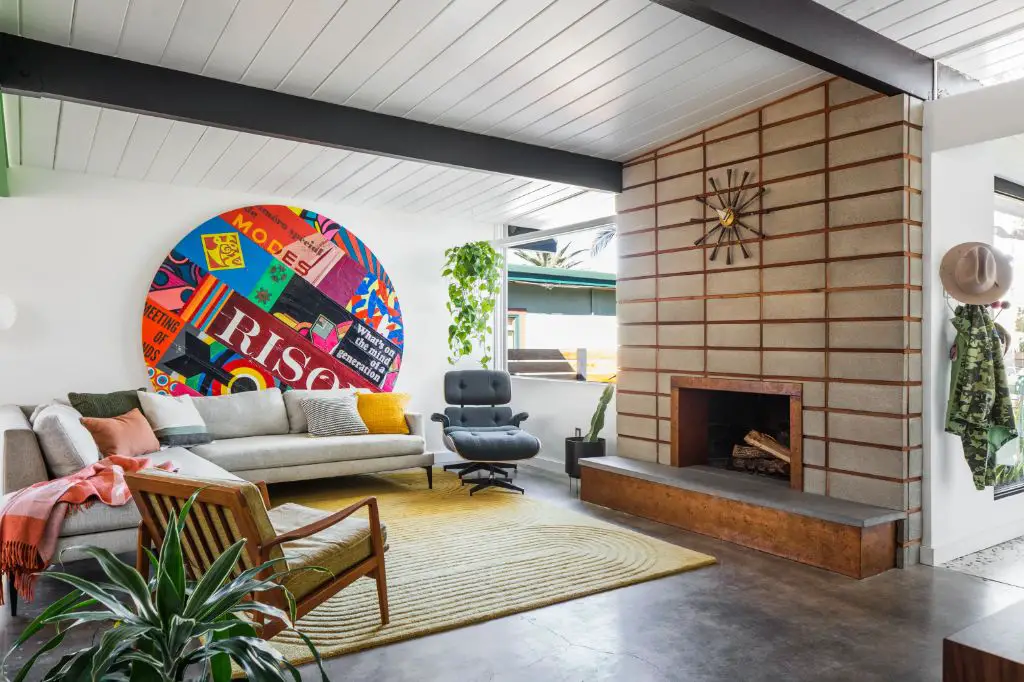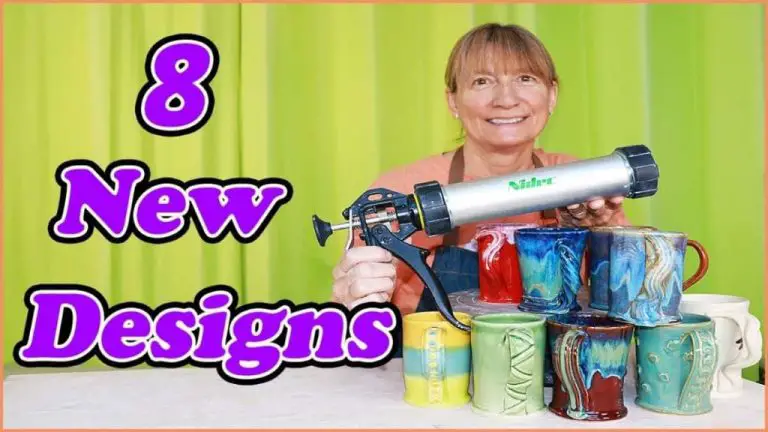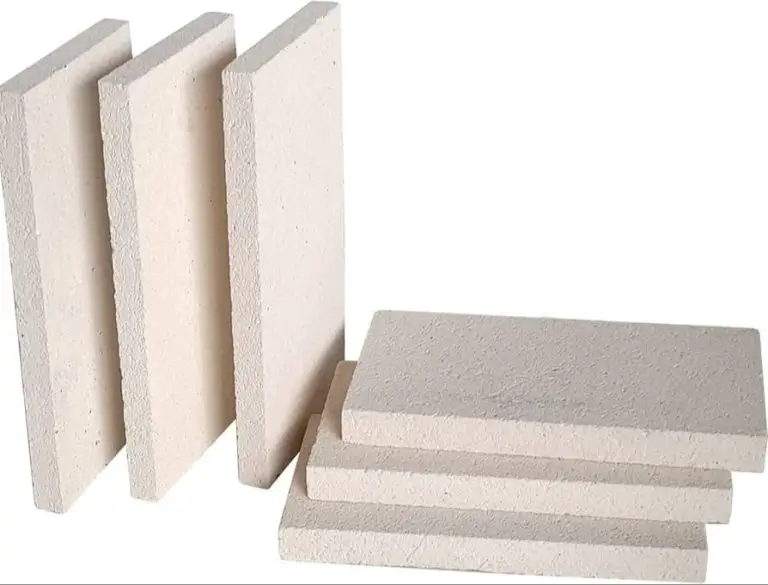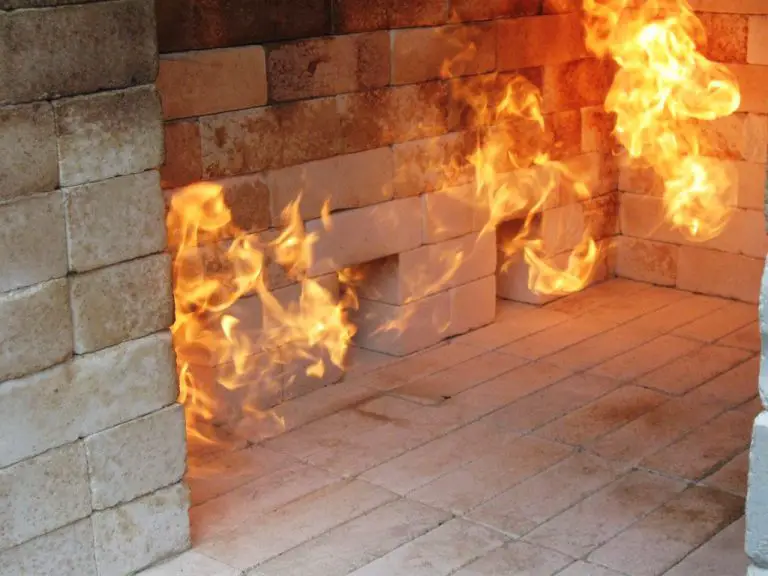What Are Mcm Fireplaces Called?
What is MCM?
Mid-century modern design refers to a style of architecture, interior, product and graphic design from the mid-1940s to the mid-1960s. Though the heyday of MCM was in the 1950s, the style had its origins in the post-World War II period as architects and designers reacted against the ornate pre-war styles and began focusing on clean lines, functionality, and minimal ornamentation.
Some of the key characteristics of mid-century modern design include:
- Clean, straight lines and minimal ornamentation
- Contrasting organic and geometric forms
- Use of modern manmade materials like plastic, fiberglass, plywood
- Open floor plans
- Integration with nature through ample windows and outdoor living spaces
- Neutral color palettes accented with bright pops of color
- Playful, experimental forms
- Emphasis on functionality and minimalism
Influential MCM designers included Charles and Ray Eames, Eero Saarinen, Arne Jacobsen, and Florence Knoll. Notable architects of the era were Richard Neutra, Ludwig Mies van der Rohe, Pierre Koenig and Raphael Soriano.
Though mid-century modern design originated in Europe, it became closely associated with California due to the appealing indoor-outdoor living spaces and experimental forms used by architects in the Los Angeles area.
MCM Fireplace Styles

MCM fireplaces are defined by their clean, minimalist designs using geometric shapes and linear forms. They showcase many unique and creative stylistic features:
- Floor-to-ceiling stone, brick or concrete surrounds help the fireplace blend seamlessly into the architecture of the home.
- Built-in fireplace designs integrate the hearth into walls or other architectural elements.
- Minimalist shapes use simple rectangles or squares often framed with a thin border.
- Contrasting materials like wood mantles combined with stone facades create visual interest.
Overall, MCM fireplace aesthetics emphasize sleek, stripped down geometric lines instead of ornate traditional details. They create a cohesive look that accentuates the clean and functional forms of mid-century interiors.
https://www.pinterest.com/pin/34551122131139615/
MCM Fireplace Features
Mid-century modern fireplaces emphasized functionality and efficiency in their designs. They utilized heat-directing materials like concrete, brick, or tile to maximize heat output. The fireplace facades were typically unadorned and lacked ornamentation. Horizontal vents helped direct heat and smoke efficiently. Customizable flue controls allowed for adjustment of the fireplace draft.
According to https://ackergilltower.com/mid-century-fireplace-ideas/, “Make sure your mid-century fireplace features such shapes. Minimal Ornamentation or Decoration. Minimal decorations characterize mid-century architecture.”
Influence on Modern Design
Mid-Century Modern design has continued to be popular in modern homes, blending retro and contemporary styles. As described in this article, Mid-Century Modern has had a significant influence on contemporary interior design, with many designers and homeowners looking to incorporate elements of the style.
A key aspect of Mid-Century Modern that appeals to modern sensibilities is the blend of retro and contemporary. Mid-Century Modern furniture and architecture has a distinct retro look, but often utilizes modern materials and clean lines associated with contemporary styles. This creates an aesthetic that feels both nostalgic and current.
For example, many Mid-Century Modern homes utilize floor-to-ceiling windows, open floor plans, and minimalist spaces associated with modern architecture. However, they blend these elements with retro touches like iconic Eames lounge chairs, geometric patterns, and natural wood details. The overall look retains Mid-Century Modern’s retro roots while incorporating contemporary ideas and materials.
This seamless fusion of old and new is a large part of what makes Mid-Century Modern an enduring influence on modern interior design. Homeowners today can capture the retro spirit of the 1950s-60s, while still enjoying the conveniences of contemporary living through open, bright spaces and modern materials.
Maintenance
Proper maintenance is crucial for keeping an MCM fireplace safe and functional. Here are some key maintenance tips:
Routinely check for any cracks or damage in the firebox, flue, and chimney system. Even small imperfections can be dangerous, as noted by restoration expert Roger Morser in this Atomic Ranch article. Carefully inspect all surfaces and seal any cracks with appropriate heat-resistant caulk or cement.
Creosote buildup inside the chimney should be cleaned out annually. Creosote is a byproduct of incomplete wood burning and can lead to dangerous chimney fires if allowed to accumulate. Chimney cleaning brushes or chemical cleaners designed for creosote can be used. This Destination Eichler article details creosote cleaning methods.
Inspect dampers, fans, vents and any other moving parts twice a year. Lubricate if needed and check for wear and tear. Replace any damaged parts. Keeping all components in good working order prevents issues like backdrafting and improper smoke venting.
Costs
The cost of installing a MCM-style fireplace can vary greatly depending on the materials used and the complexity of the design. Prefabricated fireplaces tend to be the most budget-friendly option, with costs starting around $2,000. Custom masonry fireplaces can cost $5,000 to $30,000 or more.
Brick fireplaces specifically tend to fall on the more expensive end of the spectrum. According to Fixr.com, a basic brick fireplace installation starts at around $5,000 and can go up to $15,000 or more. The brick itself is more expensive than other materials like stone or metal. Complex designs, specialty bricks, and masonry work can drive costs up quickly.
Prefabricated fireplaces are simpler to install and therefore more budget-friendly, with costs starting around $3,000. These units come pre-constructed and only need to be put into place and connected to utilities. They are often made from metal or other non-masonry materials.
Some key factors that affect MCM fireplace installation costs include the size and configuration, whether gas or wood-burning, whether a chimney needs to be installed or updated, and finishing details like custom tile or metalwork. Carefully planning the design is important for controlling costs.
Top Brands
When it comes to the top brands for MCM fireplaces, a few notable manufacturers stand out for their high-quality designs and craftsmanship.
Marcel Breuer was an influential Modernist architect and furniture designer. He created many iconic MCM fireplaces, including minimalist designs with cantilevered hoods. His fireplaces were featured in luxury homes and commercial projects like the UNESCO Headquarters in Paris.
Frank Lloyd Wright, the famous American architect, also designed distinctive MCM fireplaces. He incorporated natural materials like stone and wood to create organic, prairie-style fireplaces with horizontal lines. His fireplaces can be seen in Robie House and Fallingwater.
Raymond Loewy was a pioneer of industrial design. He designed streamlined fireplaces in the 1930s-1950s for brands like Heatilator. His fireplaces had sleek, aerodynamic hoods and smooth finishes. He helped make the modern fireplace an affordable, mass-produced item.
Isamu Noguchi, the influential sculptor and designer, created unique MCM fireplaces like the lunar landscape-inspired 1947 Skyviewing Sculpture. His fireplaces were artistic works that became focal points in homes.
Other top MCM brands included Preway, known for their high-efficiency fireboxes, and Superior, recognized for their innovative metal fireplaces with modular designs.
Design Ideas
Mid-century modern style fireplace designs align with the minimalism of the era by focusing on clean lines, simple forms, and functional elements (Pinterest). While adhering to the simplicity of form, designers brought warmth through the thoughtful use of materials.
Natural textures like wood paneling, stacked stone, and exposed brick complemented the sleekness and created an inviting look. Rough textures provided visual interest and prevented the style from feeling too sterile (Ackergilltower). The textured materials also added a sense of warmth and coziness that balanced out the minimalist forms.
Incorporating these natural elements allowed mid-century designers to build upon the clean lines with materials that invited one in and created a comforting feel. The juxtaposition of the two aesthetics produced fireplaces that felt both modern and livable.
Safety Tips
MCM fireplaces can add warmth and charm to a home, but they also come with safety considerations. Proper ventilation, using fire screens or doors, and avoiding flammable materials nearby are key tips for safe use.
Ensure there is adequate ventilation and chimney drawing when operating an MCM fireplace. Open the flue before lighting a fire, and allow proper air flow to prevent smoke or carbon monoxide buildup in the home. Consult with a chimney specialist if the draft seems weak (HomeServe).
Close the fire screen or glass doors when the fireplace is in use. The screen prevents embers or sparks from escaping and ignition sources from entering. Make sure glass doors seal properly and are kept closed until the fire is completely extinguished.
Avoid placing flammable items like wood, textiles, or furniture too close to an operating fireplace. Follow the manufacturer’s recommendations for safe clearance distances. Use noncombustible materials on walls or floors immediately surrounding the fireplace (Atomic Ranch).
Finding a Contractor
When looking to renovate or install a new MCM fireplace, finding an experienced contractor is crucial. Focus on contractors who specialize in mid-century modern design and have extensive experience working with MCM fireplaces specifically.
Be sure to check online reviews and qualifications thoroughly. Look for contractors who have worked on similar MCM fireplace projects with satisfied clients. Qualifications like certification from the National Fireplace Institute can indicate advanced technical skills.
To find the best fit, get bids from multiple contractors. Compare their experience, sample projects, timelines, materials, and overall vision for bringing your MCM fireplace to life. An experienced MCM contractor will provide creative ideas to authentically match your home’s mid-century style.
Taking the time to find the right fireplace professional pays off through a stunning final result true to your home’s modernist roots. For help locating qualified MCM fireplace contractors near you, check out this source.





